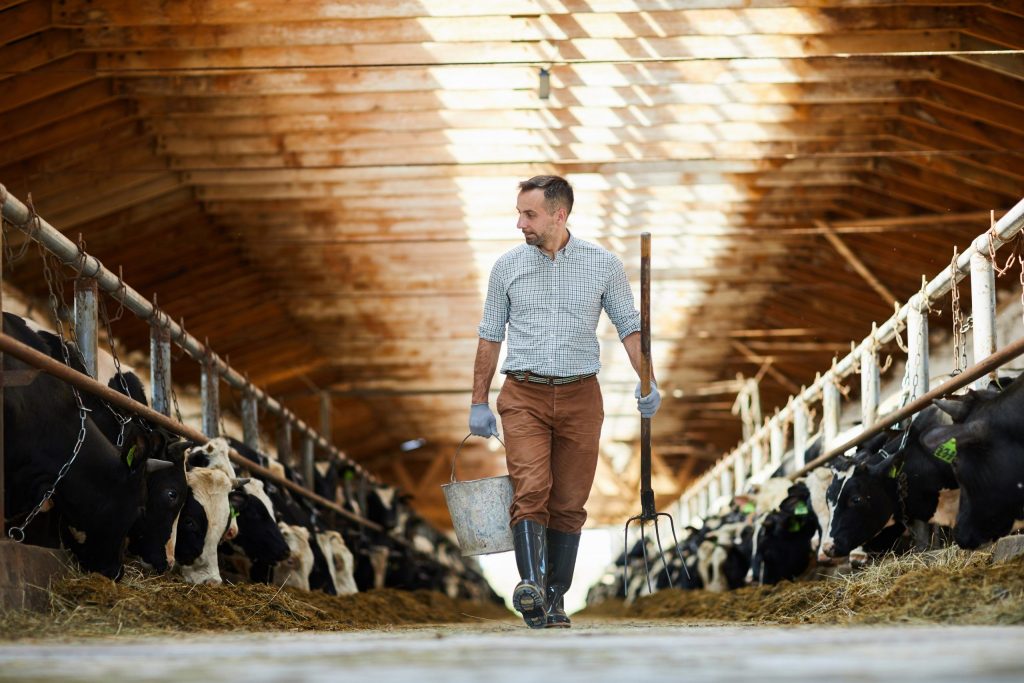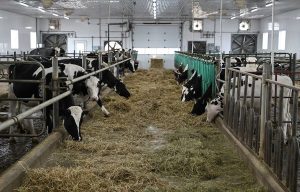
This translates to $6.31 per hectolitre (100 litres) of milk they ship out, or 6.31 cents per litre.
Once again, Canadians are being besieged by those supposedly in the know that this is because of our supply management system used for controlling not just dairy, but egg, poultry, and turkey producers. We must all own quota to be able to produce these commodities.
When consumer demand drops, that quota is reduced by a certain percent across the board, and we are not compensated for the loss of quota. Conversely, if demand rises, we could get a quota increase spread across all producers and we are not asked to pay for that extra quota, it is ours to keep and ship on.
This is one of the things that impacts the value of quota.
Once a year, the Canadian Dairy Commission works out a complex formula called a cost of production to ensure dairy farmers are receiving a price to cover the costs of operating their dairy farms. The latest review has indicated what everyone one, both producer and consumer already knows, prices on everything are up!
Hence the announced 8.4 per cent increase, or 6.31 cents per litre as of Feb. 1.
To start, we are paid based on the contents of our milk, and every farm is different based on the breed it milks, the herd genetics, what it feeds, how it feeds, how many times a day the cows are milked, the lactation stage of the cow, the season, and the temperatures among other things. Every farmer strives to do his absolute best for his cows in the hopes they will produce at their peak capacity.
We are paid for butter fat, protein, and lactose/other solids— currently $11.1014, $9.6022 and $0.9000 per kilogram respectively, plus there are penalties when certain ratios between these components are not reached. Our deductions include transportation, administration, CQM administration (currently at zero), research, promotion, and DHI levy— all based on the volume (hectolitres) actually shipped.
In August, the average gross income per herd in Ontario was $74.73/hectolitre. Due to variations within herds, some made more, some made less. Those shipping the niche markets such as organic or grass-fed milk, receive a premium over and above this.
Apparently, in the past five years, dairy farm income has risen seven per cent. When I compare September 2016, a year with similar component percentages as this past September, there is only a $2.44 per hectolitre increase! Considering we started shipping grass-fed milk in 2018 with a current premium of 10 cents per hectolitre, that leaves us in the hole with a –$7.56/ hectolitre!
Obviously due to increased deductions and changes to prices.
Like all consumers, our costs have risen drastically, Electricity, all fuels, equipment/vehicles both new and used, parts (when you can get them), property taxes have doubled, labour costs, hourly rates for service people and other professionals, land prices, feed, and medicine costs. Then consider that, despite ground beef being about $7 a pound, live weight paid to farmers for beef cows has drastically dropped.
Then you can consider the family’s living costs, which have increased the same as yours.
Yet somehow, as some out there drive $50,000 cars from their homes worth $450,000 to a hockey game with $200 seating, they feel justified in complaining about the coming raise to us which, I am sure will be reduced by increases to all the deductions we pay.
When you look at the new prices in February, please remember how little of it we get and that the bulk of price hikes are going to the retailers, wholesalers, processors, and transportation industries.
The farmer gets the bit that is left.
We would love to be able to produce your dairy products for free, but sorry, we can’t do it.

























